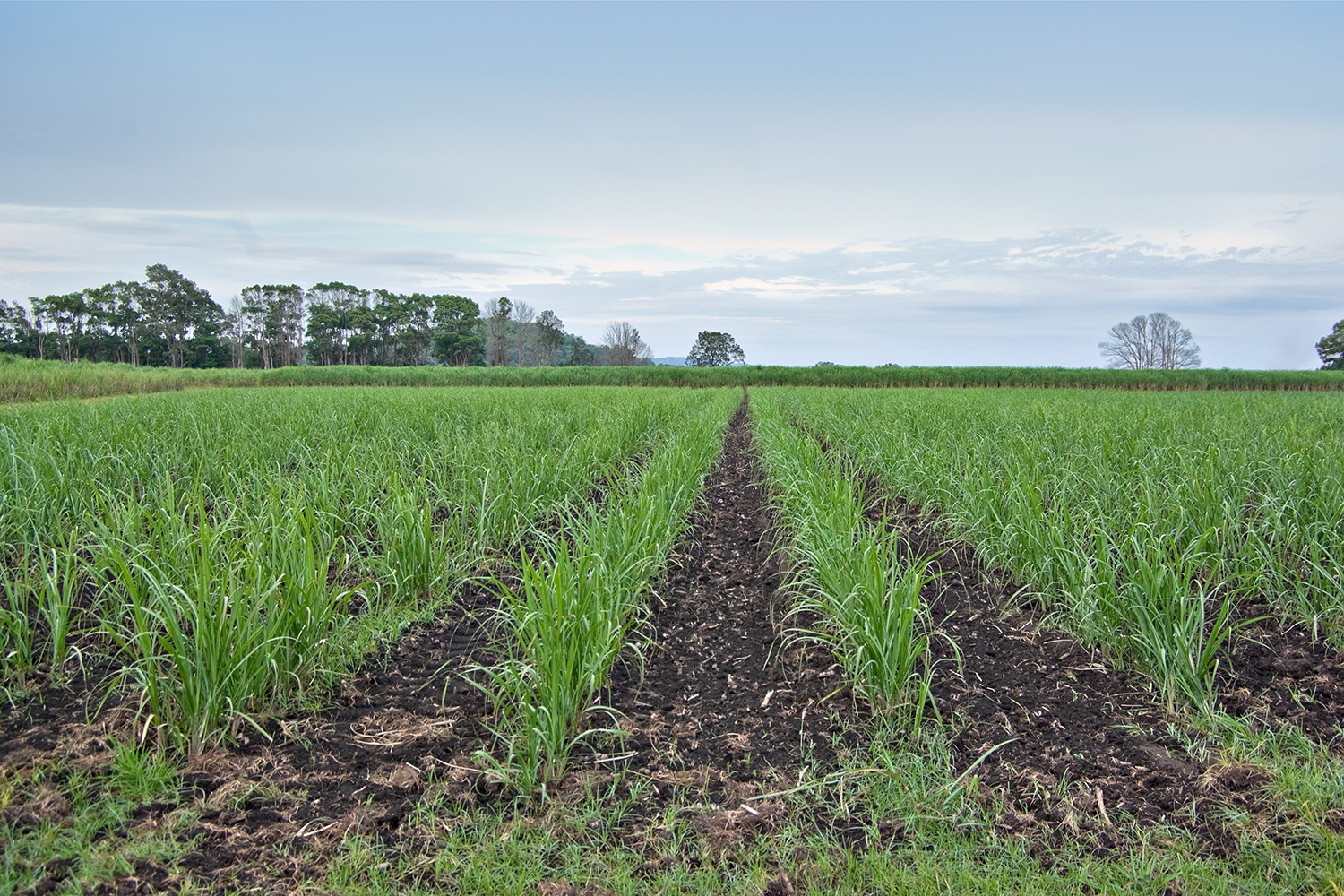How Far Does Your Food Travel to Get to Your Plate?

On the Hawaiian island of Maui is a sugar museum. It is next door to a sugar processing plant, and surrounded by acres of sugarcane growing. The museum tells the story of the history of sugarcane production on the island, and it is a fascinating testament to the power of one crop to shape the cultural makeup of a place.
The sugarcane growing on those fields is processed in the plant across the street, but only to the “raw sugar” stage. It is then shipped to the C & H Sugar Refinery in Contra Costa County, not far from San Francisco. C & H stands for “California and Hawai’i.” Here, it is refined into the white sugar that is such a ubiquitous part of our American diet.
But that’s not the end of its journey: the sugar is then shipped cross-country to New York, where it is packaged into little individual paper packages of sugar to go on tabletops, which are then distributed all across the country—including Hawai’i.
So if you drive a mile away from that sugarcane field and sit in a café, the sugar packets on your table have traveled about 10,000 miles: to California, to New York, and back again to Hawai’i, instead of the one mile you have between the field and the café.
How Far Does an Apple Travel?
Long-distrance travel is not the exception, but rather the rule, in our current food system. Shipping foodstuffs long distances for processing and packaging, importing,and exporting foods that don’t need to be imported or exported—these are standard practices in the food industry.
In 1996, it was reported that Britain imported more than 114,000 metric tons of milk. Was this because British dairy farmers did not produce enough milk for the nation’s consumers? No, since the UK exported almost the same amount of milk that year, 119,000 tons. Does this make sense?
Nowadays, it is not only tropical foodstuffs, such as sugar, coffee, chocolate, tea, and bananas, that are shipped long distances to come to our tables. It also fruits and vegetables that once grew locally, in household gardens and on small farms. An apple imported to California from New Zealand is often less expensive than an apple from the historic apple-growing county of Sebastopol, just an hour away from San Francisco. But is it really less expensive in the long run?

The True Cost of Food Miles
It is estimated that the meals in the United States travel about 1,500 miles to get from farm to plate. Why is this cause for concern? There are many reasons:
- This long-distance, large-scale transportation of food consumes large quantities of fossil fuels. It is estimated that we currently put almost 10 kcal of fossil fuel energy into our food system for every 1 kcal of energy we get as food.
- Transporting food over long distances also generates great quantities of carbon dioxide emissions. Some forms of transport are more polluting than others. Airfreight generates 50 times more CO2 than sea shipping. But sea shipping is slow, and in our increasing demand for fresh food, food is increasingly being shipped by faster—and more polluting—means.
- In order to transport food long distances, much of it is picked while still unripe and then gassed to “ripen” it after transport, or it is highly processed in factories using preservatives, irradiation, and other means to keep it stable for transport and sale. Scientists are experimenting with genetic modification to produce longer-lasting, less perishable produce.
Those of us who shop at farmers markets have begun to make the transition to supporting a local food system. At the Ferry Plaza Farmers Market in San Francisco, you are able to buy fruits, vegetables, meat, dairy products, eggs, honey, beans, and potatoes that are all grown within a couple of hundred miles of where you live.
An amazing array of foods can be grown here in California, with the Bay Area’s Mediterranean climate, the heat of the Central Valley, and the fog of the coast. We can eat locally and seasonally with very little sacrifice. Still, some crops simply aren’t appropriate for our climate. But we can begin to look at imported foods as things that supplement our local foods, rather than supplant them. We can make a coconut milk curry filled with local seasonal vegetables; we can put local cream into our imported coffee; we can dip local strawberries into melted, fair trade chocolate from cacao grown in the tropics.
Rebuilding a local food system doesn’t mean you never eat anything that has flown overseas, it just means that you start with what is fresh, local, and seasonal. Shopping at the farmers market, maintaining a home garden, or participating in a CSA are wonderful ways to support a local food system. At the same time we help build food security for future generations, feed ourselves and our families food that is delicious and nutritious, and support small-scale local farmers as they work each day to steward our land.
Food Mile Comparisons
A study called “Food, Fuel, and Freeways” put out by the Leopold Center for Sustainable Agriculture in Iowa compiled data from the U.S. Department of Agriculture to find out how far produce traveled to a Chicago “terminal market,” where brokers and wholesalers buy produce to sell to grocery stores and restaurants. We compared these figures to our Ferry Plaza Farmers Market to give you an idea of the difference.
Average Distances from Farm to Market
Terminal Market vs. Ferry Plaza Farmers Market
Apples: 1,555 miles vs. 77 miles
Tomatoes: 1,369 miles vs. 117 miles
Grapes: 2,143 miles vs. 134 miles
Beans: 766 miles vs. 101 miles
Peaches: 1,674 miles vs. 173 miles
Winter Squash: 781 miles vs. 98 miles
Greens: 889 miles vs. 99 miles
Lettuce: 2,055 miles vs. 102 miles
